This article is for people who are new to firearms and need some data to help zero their rifle, or for people who don’t know about the different rifle zeroes and trajectory. What I mean by different rifle zeros, Specifically in 223 or 5.56 caliber rifles, is the different ranges you can zero your rifle at and how they affect the trajectory. The old school way you would zero your rifle is at 100 yards… that way everything is just a holding above the target past 100 yards (known as holdover). With rifles like the AR15 and the typical ranges of the intermediate cartridge (normally within 300 yards), you can “manipulate” the bullet trajectory. When zeroing at a closer distance, the bullet will arc like a football. It will cross your line of sight twice; once at where you zeroed it, and once again when the bullet starts to drop.

A visual example of bullet trajectory.
This is why you hear people talking (and arguing) about different zeroes such as a 50/200 a 25/300 zero and a 36/300 yard zero. Your rifle is only “zeroed” at the range you zero it at (50 yards, 25 yards, 36 yards, 100 yards) and the second distance will be a close guestimate until you confirm it at range. In this article, I will be posting some data to share how much the bullet has risen and fallen at different distances with different zeros. I will talk about my preferred distance to zero my AR chambered in 5.56. I will do examples of this with my 10.5 AR pistol and my 16 inch 5.56 rifle.
This article will be very simple with lots of pictures. It is also just theory until you test it yourself… but it should be close to what you can expect. Never rely on a ballistic calculator, rely on the data your rifle gives you from actually shooting!
Remember that the hold-overs and hold-unders are in MOA. So if you want to convert them at 200 yards and you have -4.22 MOA like on the 25 yard zero, will be roughly an 8.83” hold under. 1 MOA= roughly 1” at 100 yards (2” at 200 yards.) Also, a “-“ means hold under and a “+” means to hold over. However, many optics will allow you to click up or down in 1/2 moa increments, so if your using a variable just adjust up or down on the turret to match the come up.
16-inch rifle:
25 yard zero
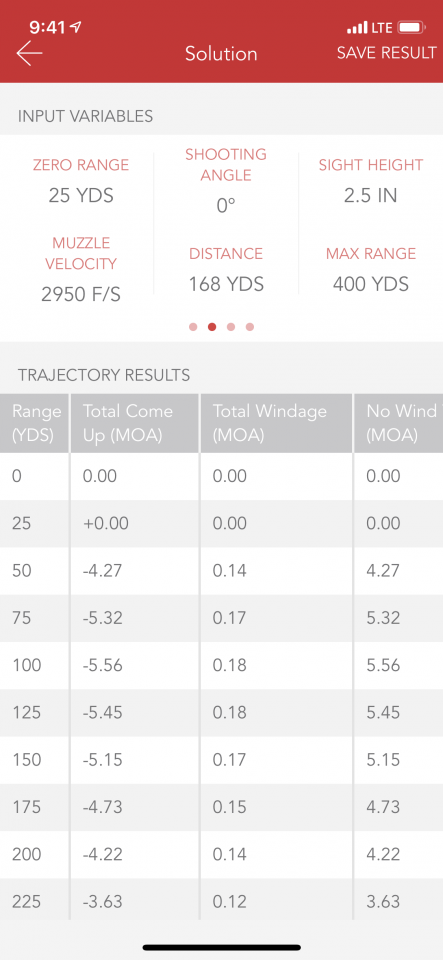
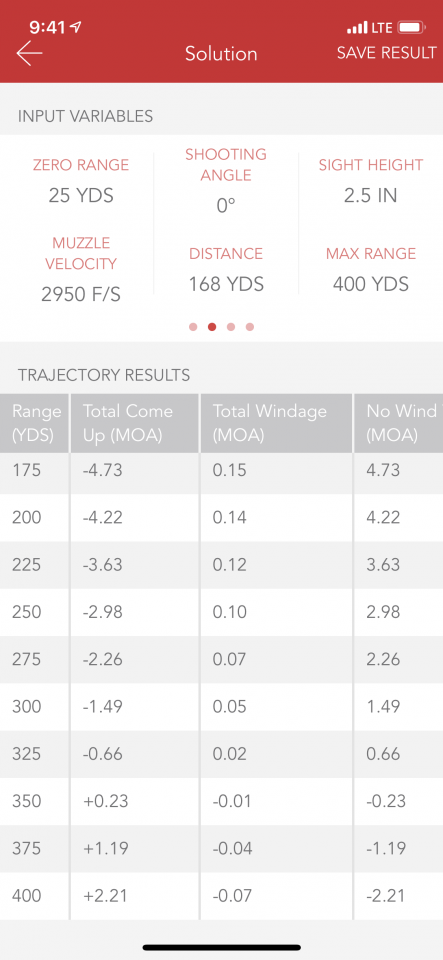
Pros: The 25 yard zero on a 16” rifle offers a point of aim point of impact out to 330ish yards
Cons: With such a short zero distance, you are really “Arcing” thing bullet. Thus giving you 5”-8” hold-under until about 225 yards. So aiming at a steel circle, you would have to hold off of the target.
36 yard zero
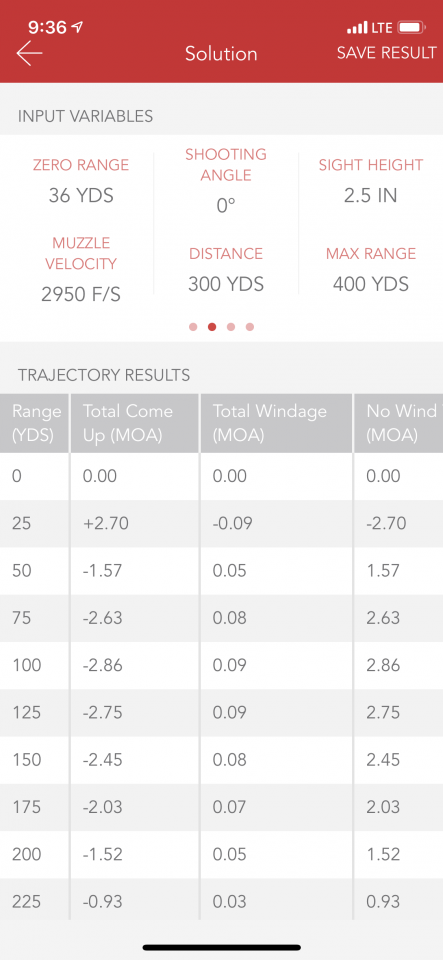
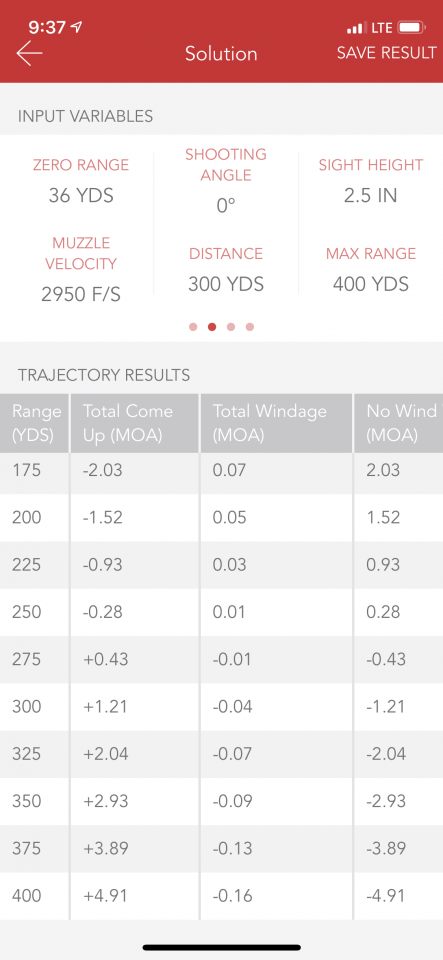
Pros: Will get you out to 300 yards. Your largest holds are 4ish inches under at 175 yards and 3ish inches over at 300 yards. Great zero for shooting steel silhouettes for a target.
Cons: Lots of hold under to remember out to 300 yards. If you’re shooting a red dot on paper at 200 for a competition, are you going to remember under pressure that you have to hold low to get a good hit?
50 yard zero
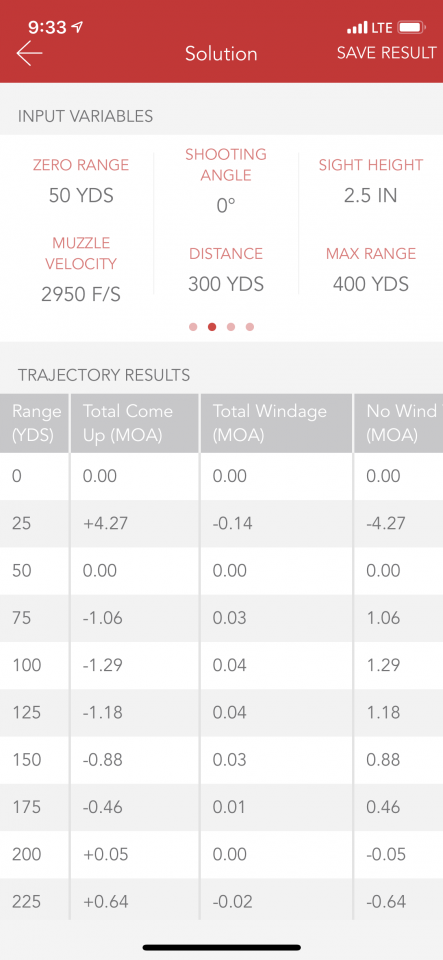
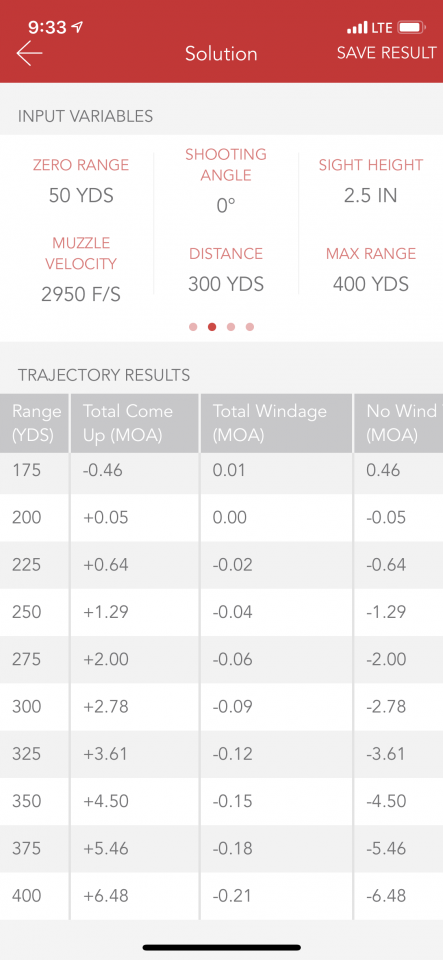
Pros: Your largest hold under is about 1.5” at 125 yards which in my book is point and shoot. Out at 200 yards, you have a 1/10th of an inch holdover. So a 50 yard zero on a 16inch 5.56/223 barrel is point and shoot out to 200 yards and everything after that is a holdover.
Cons: 300 yards is a 9-inch hold over and 400 yards is a 27-inch holdover. So this zero drops quickly past 300 yards. But that is also the round itself not the zero’s fault.
100 yard zero
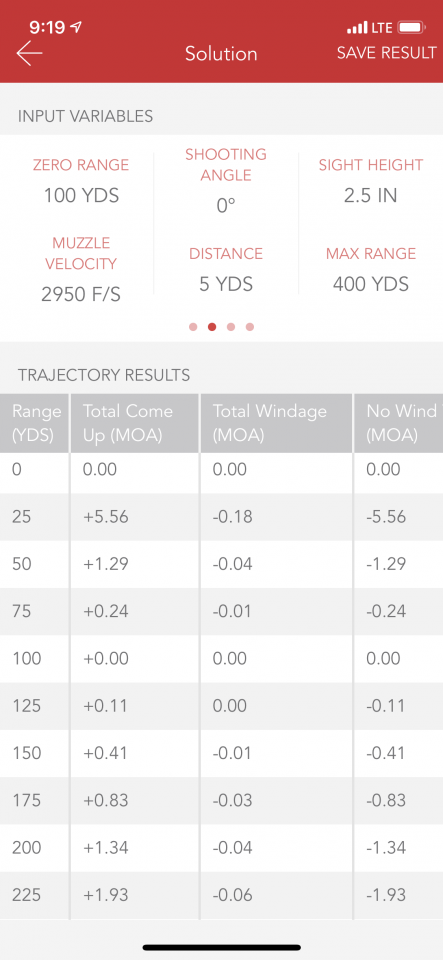
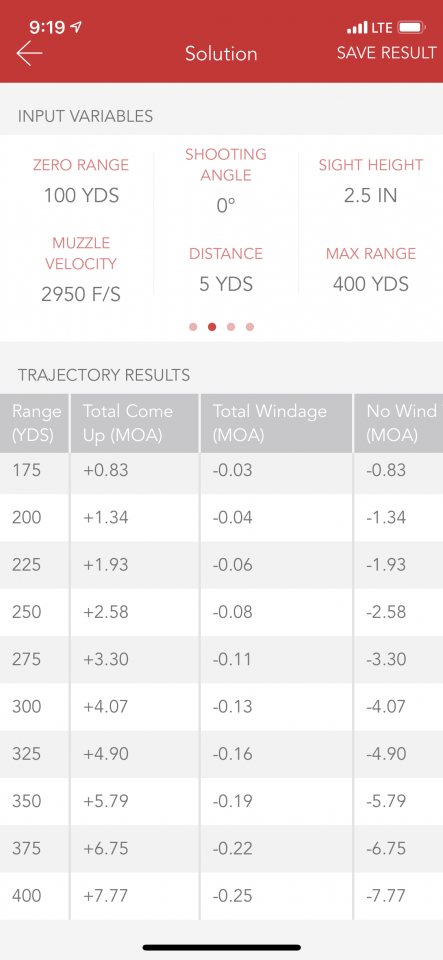
Pros: Everything is a holdover. Everything inside 100 yards and past 100 yards you hold high. There is no remembering hold unders, you just aim a little high inside 100 and keep going higher past 100. Ideal for a scoped AR15 that you plan on “dialing in” at any distance.
Cons: Not ideal for a red dot zero. Red dots need to take advantage of a point and shoot zero like any of the other options.
10.5 pistol/sbr:
25 yard zero
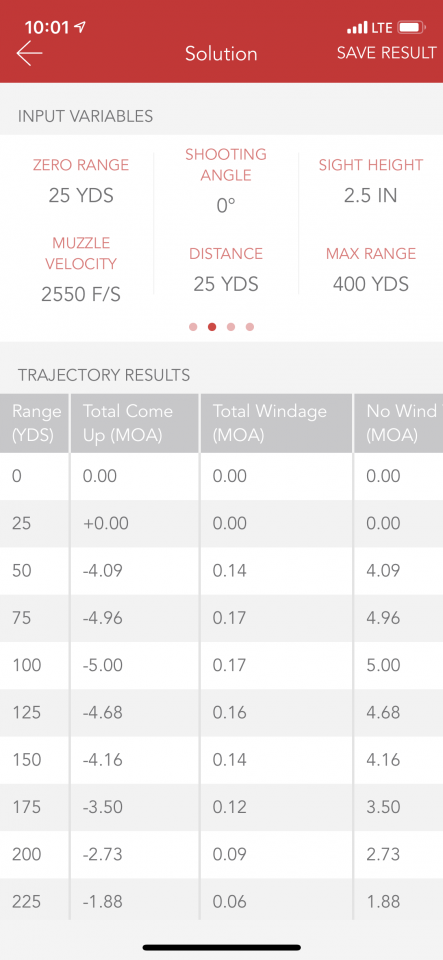
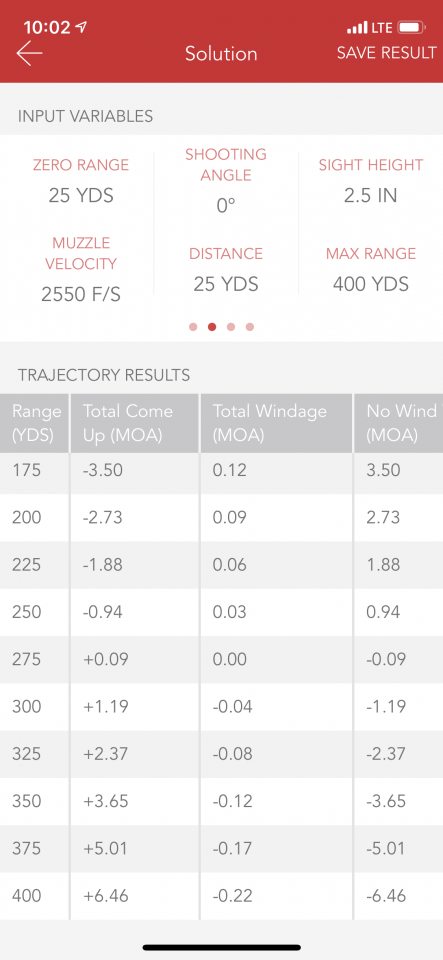
Pros: This zero can take your 10.5 AR out to 250 yards. Great for “Minute of Man”/ silhouette shooting. Aim at the waist and you will hit the chest.
Cons: Harsh hold unders out to 225 yards. 100 yards 5.5”, 150 yards 6.5”, 225 yards 4.75”
36 yard zero
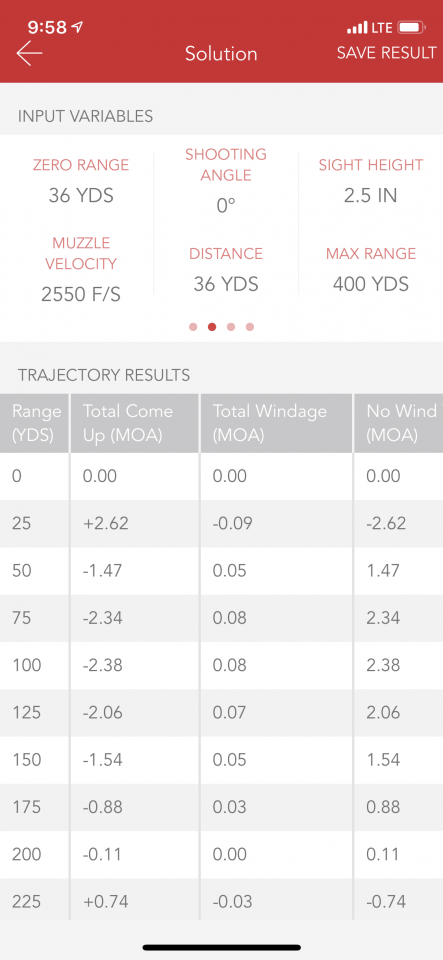
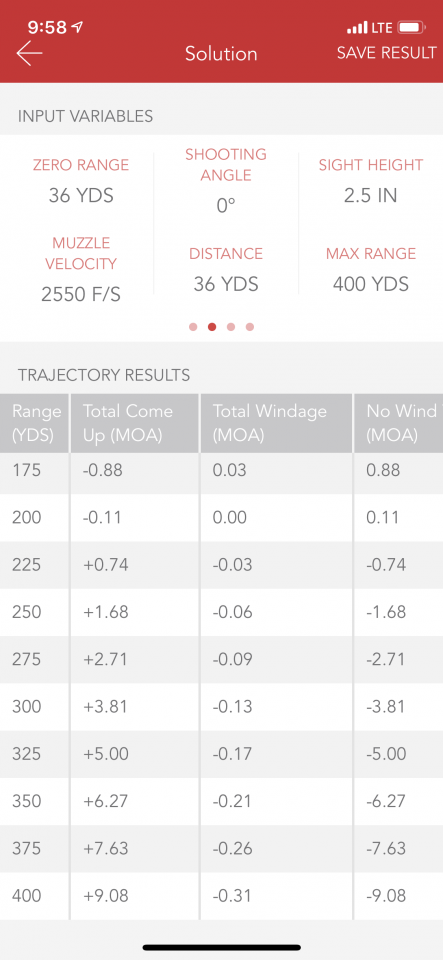
Pros: It’s a 36/200 zero on a 10.5 AR. Largest hold under is 2.75” at 125 yards
Cons: None. A solid option for shooting a short-barreled 223/5.56 to 200 yards.
50 yard zero
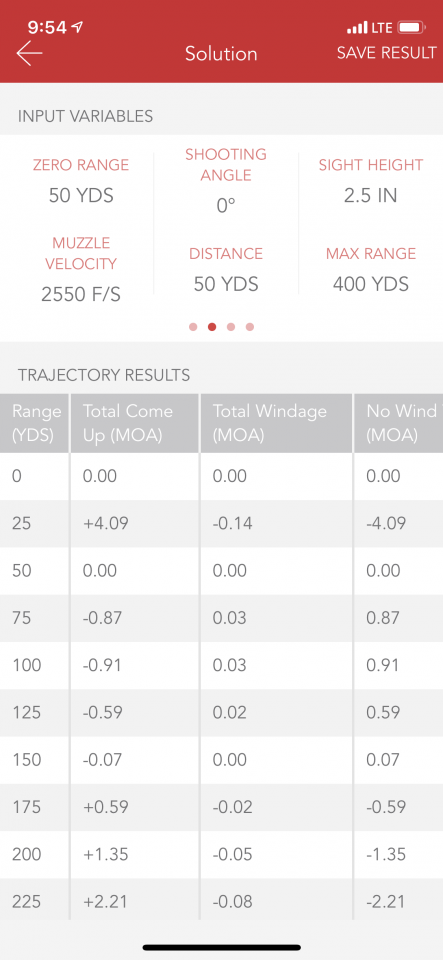
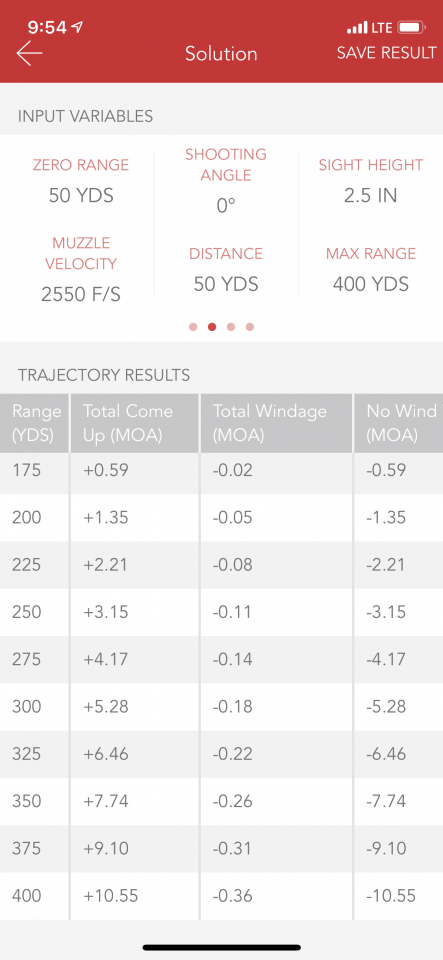
Pros: Very flat shooting. Point and shoot from 50 yards to 150 yards. And 200 yards is a small 3-inch holdover.
Cons: None out to 200 yards. Round drops off after 225 yards from a 5.5” hold to a 9” hold at 250 and it just falls.
100 yard zero
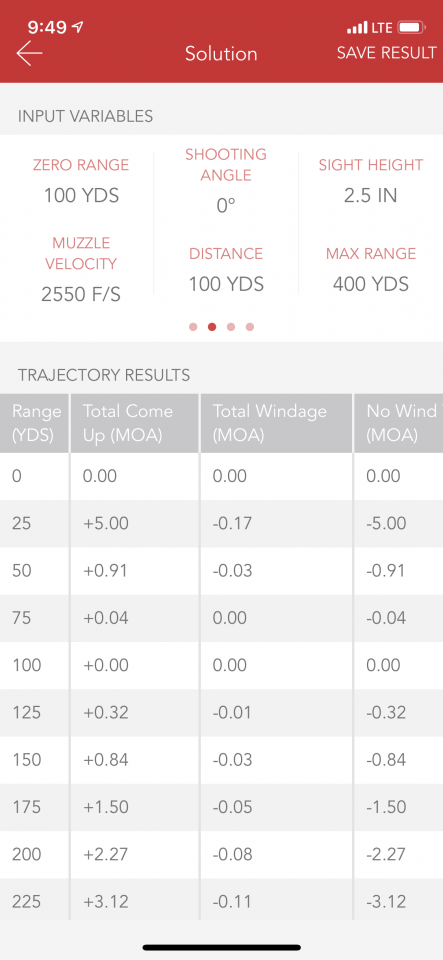
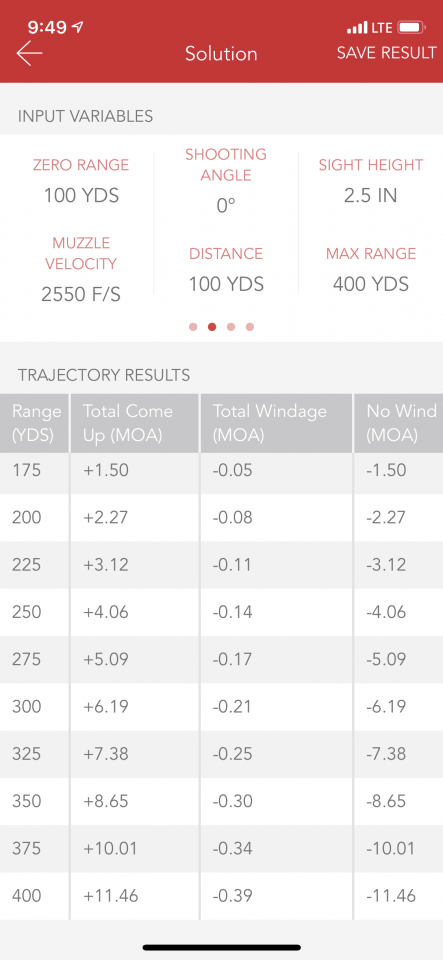
Pros: Somewhat flat shooting.l according to the ballistic calculator. Everything is a holdover. 50 yards is 1/2 inch high, 150 yards 1.5” high
Cons: None out to 200 yards which is a 5” hold. Past 200 it falls fast.
Conclusion:
For a standard 16” barrel shooting 223/5.56, the 50-yard zero is the flattest shooting and you just need to remember that last 200 yards you start to aim higher… and 300 yards, as long as you can see your target, won’t be impossible to hit with a red dot.
For a 10.5 inch barrel, the 50 or 36-yard zero will be ideal. You cannot go wrong with either. Pick whichever one you want to memorize the holds for. The 50-yard zero has flatter hold unders than the 36 yard zero out to 200. But the 36 yard zero is flatter out to 300.
If you want to utilize a red dot on a standard AR15, you should use a shorter range zero such as any of the ones mentioned above. My advice is to get a ballistic calculator and put in your specific data because there are all sorts of things that will affect the results. And the bullet never lies. While seeing these numbers is nice, they aren’t exact. You have to take your gun out and zero it and then verify it at different ranges to see what you prefer. I like the 50 yard zero for both 16” barrels and 10.5” barrels. Your mileage may vary. GET OUT AND SHOOT!





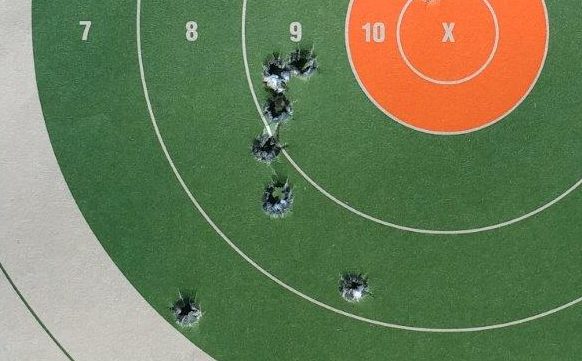



Nice… But why are all the charts “grayed out”? I am 75 yo and I can not read the gray very well, really strains my eyes. Even the text is real thin, hard to read. WTH you want to chase all the old guys away…. good job!
Sorry about that, that’s just the way the chart shows up on my ballistic calculator app.
Nice work. One suggestion. Make the charts mil or moa based and redo your anslysis. An RDS with a known size dot can then be used as a rough aiming guide.
I like that idea, if I make another article like this I will see if I can do that.
Thanks for the “cheat”…I almost feel bad letting you do the work, but I have an SBR that needs zeroing and a sunny afternoon!
No worries! Just remember, that is a rough estimate based off of the velocities the ballistics app gave me. And a rough estimate of velocity for either a 10.5 or 11.5 barrel. I was not able to chronograph the guns. But this should be a very close estimation.
Horse-shoes & handgrenades…
Your data will put me in the ballpark. Up to me to do the shooting and fiddle-out the results. Thanks.
What ballistics calculator app are the screenshots from?
The Hornady BC app
So, I’m shooting an ar pistol, 7.5” barrel. Let’s just say I’m going to use the same numbers as the 10.5” barrel. If I’m at a range that is only 25 yards long and want a 50 yard zero, I’d have to sight 4” high at 25 yards? That seems like a lot. If I were in a self defense situation, with a 50 yard zero, I’d have to aim like 6”+ low at 15 yards? Not really sure how to zero this in…
Johnny, it’s not his fault that you are old. It’s also not his fault that that is how the APP is designed, would you have preferred him contacting the app designer to have him change the coding on the app just so Johnny can read it? How about thanking this man for putting this out you prick
You can actually take an 11.5 out to 1000 yards with a 32 ish yard zero. unity riser and eotech reticle because 1032 yards is 68 MOA and your highest peak would be be at 120 yards with a 8 MOA peak though technically the top of the bullets ark is somewhere around 220. It’s actually pretty fun to take an 11.5 to 750-1000 and show off infront of guys with supped out precision rifle builds.
1 moa = 1″ at 100 yards so at 25 yards 4 moa is only 1″. The 25/36 yard options are better suited for home/self defense. I’d just zero it at 25 yds and call it a day. Especially with a 7.5″ Just about any self defense situation is gonna be well within that range anyway.
What do you recommend as best Best zero distance for a 22″ barrel? I have a Colt Sporter Match HBAR with A2 sights, built in 1993. The original non-tapered heavy barrel is 22″ long and has a 1/9 twist. Thanks.
I have a 16″ 1-7 twist AR shooting Winchester M193 , with an LPVO at 2.7″ over barrel and with a 50 yd zero I’m shooting about 4″ over at 100 yds not ~2″. Is there a problem or is this within normal variation?